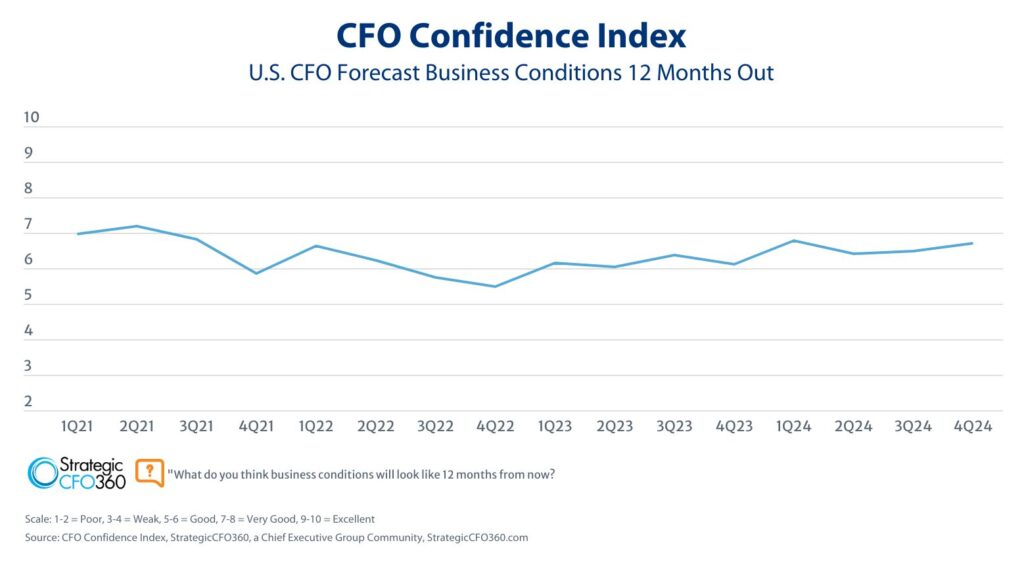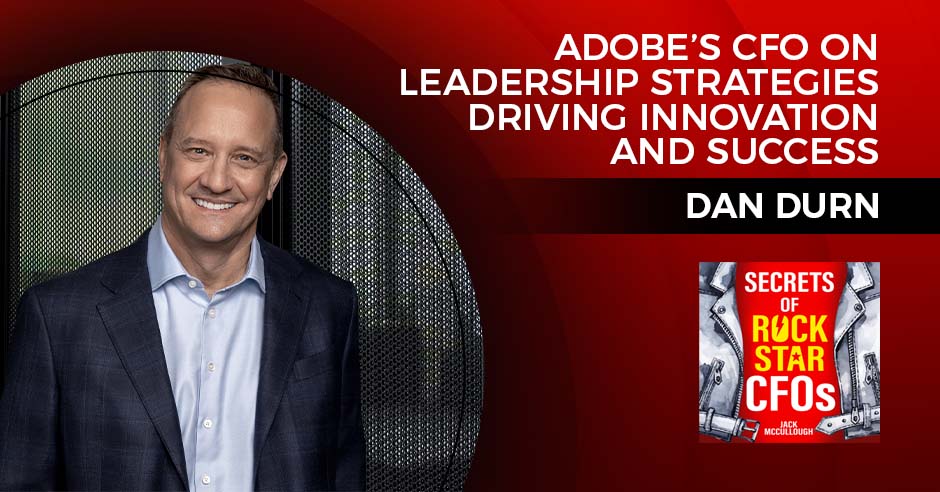The sports world of today is unrecognizable from that of years past. Gone are the days where your only hopes of seeing your favorite players in action were from nosebleed seats; now you can catch them live on social media, mic’d up for a game or even face to face in an AI alternate reality.
For the finance leaders behind these businesses, the changes are coming just as fast. “You don’t just sell tickets and sell sponsorship and bundle and sell your TV rights,” said Angela Ruggiero, four-time Olympic champion and founder/former CEO of Sports Innovation Lab, at the inaugural Finance and Accounting Technology Expo last week. “You’re actually a consumer business, a live entertainment product. And that’s a shift in, again, how sports has previously been seen as an industry.”
She was joined by Kelly Mahncke, CFO of USA Hockey; Pauline Philippi, CFO of the National Women’s Soccer League; and Tim Naddy, CFO of the Savannah Bananas to discuss the intersection of sports and innovation. While their perspective is, naturally, athletically inclined, their advice is plenty helpful for any CFO trying to wrangle their tech stack. Here are their key focuses when it comes to making the most of technology:
Put fans (or customers) first. The fundamentals of fandom have changed—now emerging is what Ruggiero calls the “fluid fan.” So how do you capture the attention of a more fickle audience?
Ask yourself: “What makes the transaction easier for the fan?” said Naddy. “How can we be relentlessly resourceful?” For the Savannah Bananas, that meant taking some things on themselves: investing in their own ticketing platform and paying shipping taxes and fees for fan’s merchandise purchases.
But don’t put your players to the wayside. Emerging tech doesn’t just serve your business, it can serve your people too.
“If you’re talking about the player from your performance analytics, injury prevention and from fan engagement, these AI algorithms can process real-time data to optimize training and recovery protocols and make personalized recommendations for players to have longer careers, less injury,” said Ruggiero.
Mahncke uses it to “gamify” the training process. “We actually are creating a configurable LMS … You’ve got an official, and you would put them almost in a virtual reality…so they’re actually looking like they’re on the ice and it’s a live game going on, and they’re going to make the call,” she said.
Ultimately, “Our most valuable asset is our people, and we should probably treat them the way that we’re treating their external client,” said Naddy. “And so, making it efficient from an external standpoint, we also turn inside and say, what can we do as a finance department to help our people be less frustrated on a day-to-day basis?”
Know how you’re using your data. “There’s the analysis paralysis that a lot of organizations go through,” said Philippi. “Where you can invest in every single bit of data and have not a clue what to do with it.” She added: I think the most important thing is to set in your goals, really measurable KPIs that utilize this data that you have. Otherwise, it just becomes facts that are nice to have, but nobody ever does anything with it.”
Don’t hesitate to get in the game. “We underinvested and underinvested in technology way too long, and we accumulated an immense amount of technical debt, and that is more expensive than investing in a good product,” said Philippi. “So now we’ve built this really strong team…and we’re investing in more things for operational efficiency. Yes, we want to be profitable, but we also can’t afford not to invest in it now if we want to keep it moving forward.”







